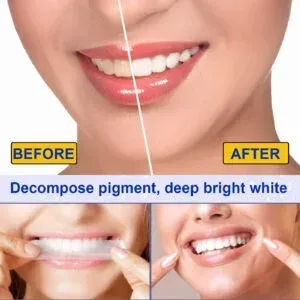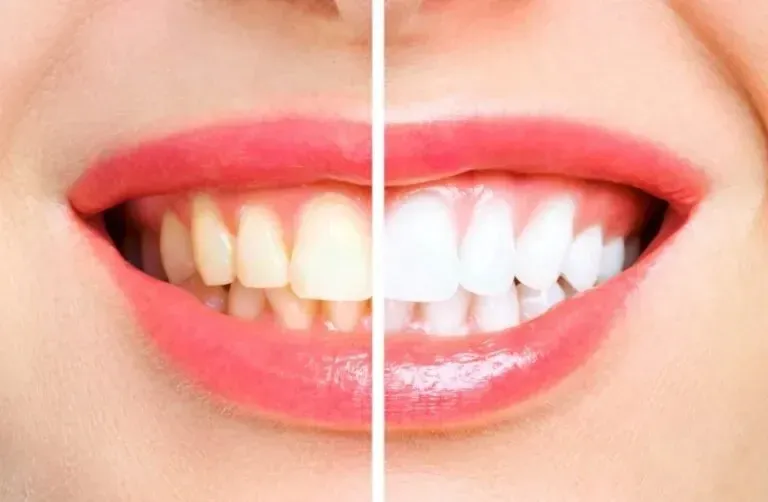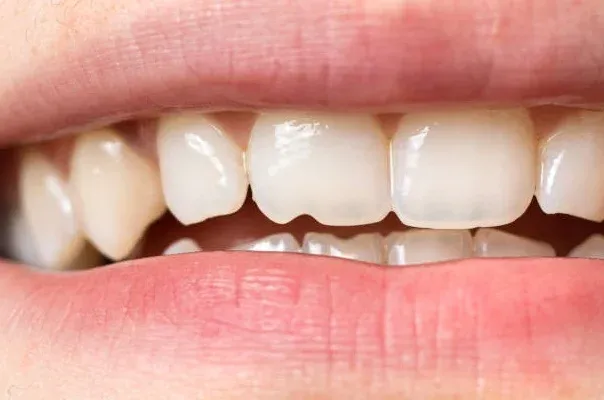When Can You Drink Alcohol After Wisdom Teeth Removal? A Complete Guide to Safe Recovery
After your wisdom teeth extraction, that question becomes a medical decision—not a social one. As…
After your wisdom teeth extraction, that question becomes a medical decision—not a social one. As a dental health guide, we’ve seen patients rush this choice and end up with preventable complications. Let’s explore the unfiltered truth about alcohol timing and why your surgeon insists you wait.
Wisdom teeth removal isn’t just a “tooth pulling”—it’s bone surgery. Your body is now performing a delicate process of clot formation, tissue regeneration, and infection defense. Alcohol doesn’t just “slow healing”—it actively sabotages multiple stages of this process.
The stakes are real: dry socket (exposed bone) occurs in 2-5% of extractions but can jump to 20-30% when patients ignore alcohol restrictions. This guide will cover the critical risks, the healing timeline, and a healthier perspective on your recovery.
The Healing Timeline: What’s Happening in Your Mouth
Understanding the biology makes the waiting period non-negotiable:
-
Hours 0-24: Blood clot formation begins. This clot is your body’s natural bandage—protecting bone, sealing nerves, and providing a scaffold for new tissue.
-
Days 2-7: The inflammatory phase peaks. White blood cells clear debris while new tissue begins to build. The clot stabilizes but remains vulnerable.
-
Days 7-10: Granulation tissue starts to fill the socket. This is your first real safety window, but the site is still fragile.
-
Weeks 2-6: Bone remodeling begins, filling the socket with new bone (you won’t see this, but it’s happening).
The 4 Critical Medical Risks of Drinking After Surgery
From a medical standpoint, drinking alcohol after any tooth extraction is filled with significant risks.
1. The #1 Danger: Dry Socket
A blood clot must form in the empty socket to protect the bone and nerves. This clot is essential for healing. Alcohol is a direct enemy of this clot:
-
It acts as a blood thinner, making the clot weaker.
-
It acts as a chemical irritant, directly dissolving the clot’s matrix.
-
The carbonation in drinks like beer can physically dislodge the clot.
Losing this clot causes Dry Socket (Alveolar Osteitis). This is not a minor issue; it’s known for causing severe, throbbing pain that requires an immediate return to the dentist for emergency treatment.
2. The #2 Danger: Dangerous Medication Interactions
You are likely taking prescription-strength painkillers or antibiotics. This is one of the biggest risks.
Rule: Never mix alcohol with these medications. For antibiotics like Metronidazole, you must wait at least 72 hours after your final dose before alcohol is even medically considerable.
3. The #3 Danger: Dehydration and Tissue Repair
Alcohol is a “diuretic”—it pulls water from your tissues. A healing socket needs consistent moisture (saliva) to repair. Dehydration slows tissue repair by up to 50% and can make the pain feel worse.
4. The #4 Danger: Immune Suppression
Your mouth is a bacterial “war zone” after extraction. Alcohol temporarily suppresses your immune system, making it harder for your body to fight off an infection at the wound site.
Your Visual Healing Guides (What to Expect Instead)
Instead of focusing on what to drink, it’s more important to focus on what “normal healing” looks like. Here are our complete guides to help you monitor your recovery visually.
[Internal Link 1] Our Main Healing Guide: To see what your socket should look like every day, please read our complete visual timeline: Day-by-Day Tooth Extraction Healing Stages with Pictures
[Internal Link 2] Is That Tissue Normal? If you see new pink or white tissue, that’s a good sign. Learn all about it here: Pictures of Granulation Tissue After Tooth Extraction
Safe Alternatives & Recovery Checklist
Focus on this protocol for 7-10 days minimum to maximize healing.
Safe Beverages (What to Drink)
- Water & Coconut Water: Your #1 choices for hydration.
- Herbal Teas (Lukewarm): Chamomile or peppermint tea can be very soothing.
- Protein Smoothies & Bone Broth: Supports tissue repair (use a spoon, NEVER a straw).
- Avoid: Citrus juices (acid burns), carbonated drinks (dislodges clot), and hot beverages (increases swelling).
Oral Hygiene
- Day 1: No rinsing, no brushing extraction sites.
- Day 2-3: Gentle saltwater rinses (½ tsp salt in 8oz warm water) after meals.
- Day 4+: Resume gentle brushing, avoiding direct contact with sockets.
Focus on Your Future Smile (After Full Recovery)
Important Medical Disclaimer: Your extraction site is an open wound. You must not use any cosmetic products, including whitening strips, until your dentist has confirmed that the site is 100% fully healed (this typically takes at least 4-6 weeks). Using chemicals on an unhealed site can cause severe pain and infection.
Once your dentist has given you the all-clear, you can focus on the next step: perfecting your smile.
If you are looking for a safe and effective way to remove stains, our 5D Whitening Teeth Strips are an excellent, enamel-safe option. They are designed to remove years of stains from coffee, tea, and smoking, giving you a brighter, more confident smile after your recovery is complete.
[Learn More About 5D Whitening Teeth Strips (For Healed Smiles)]

A Final Thought: An Opportunity for Lasting Health
Recovering from wisdom teeth removal requires patience. As we’ve shown, the medical risks of drinking alcohol during this time are significant, and avoiding it is the only guaranteed path to a safe recovery.
But perhaps this recovery period is more than just a medical inconvenience. It’s a rare and quiet moment where your body is asking for one thing: a chance to heal fully, without the burden of toxins.
Many people use this time of forced rest to re-evaluate their habits. If you’ve been considering a healthier lifestyle, there is no better moment than now—while your body is actively repairing itself—to give it the gift of lasting health by choosing to forgo alcohol permanently.







